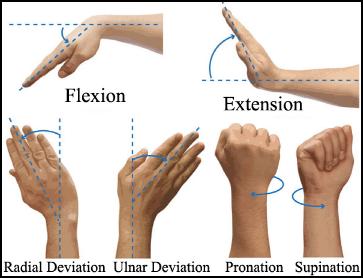pushing_wins
Hall of Fame
Federer is using the wrist flexion. In case of the western grip, we have to use wrist ulnar deviation. This motion is very natural for people who often work with heavy tools like hummer, ax, etc. I as well have no problem with this motion.
See also http://tt.tennis-warehouse.com/showthread.php?p=5857288#post5857288.
pronation and ulnar deviation cannot exist at the same time
can you hit a proper sw, western forehand? its all pronation. if you swing the racquet, you will know. difficult to put into words.

any release of the wrist forward from this position would be quite painful

this player is setting up for a wrist release
Last edited:






